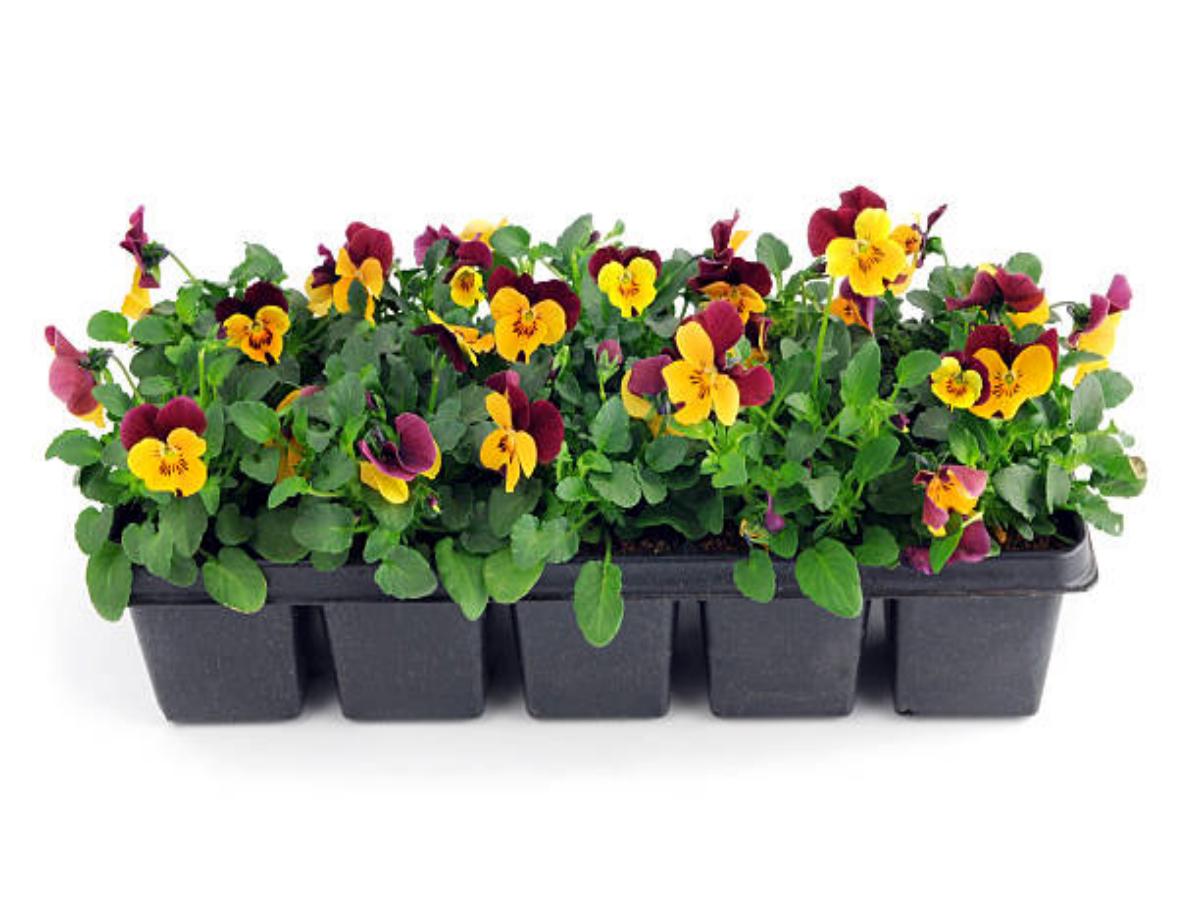Terracotta vs. Ceramic Pots: Which is Better for Your Houseplants?
Choosing the right type of pot for your houseplants is an important decision that can impact their growth and overall health. Two popular options to consider are terracotta and ceramic pots. While both have their own advantages and disadvantages, it's essential to understand the differences between them to make an informed choice. In this article, we will explore the pros and cons of terracotta and ceramic pots, helping you determine which is better suited for your houseplants.
1. Terracotta Pots: Classic and Breathable
Terracotta pots are made from clay that is baked at high temperatures. These pots have been used for centuries and are known for their rustic, earthy appearance. One of the significant advantages of terracotta pots is their breathability. The porous nature of terracotta allows air and moisture to pass through the pot walls, promoting better drainage and preventing waterlogged soil. This feature can be particularly beneficial for plants that are prone to root rot.
2. Ceramic Pots: Versatile and Stylish
Ceramic pots, on the other hand, are made from various types of clay and then fired at lower temperatures compared to terracotta pots. This manufacturing process allows for more versatility in terms of shapes, sizes, and designs, making ceramic pots a popular choice for those looking to showcase their houseplants in style. Ceramic pots also retain moisture better than terracotta, which can be advantageous for plants that require consistent moisture levels.
3. Drainage: Terracotta Takes the Lead
Proper drainage is crucial for the health of your houseplants. Terracotta pots, with their porous nature, excel in this aspect. The ability of terracotta to absorb excess water and evaporate it through the pot walls helps prevent waterlogging and root rot. On the other hand, ceramic pots have a non-porous surface, which can lead to water accumulation at the bottom if not provided with sufficient drainage holes. It is essential to ensure that ceramic pots have adequate drainage to prevent overwatering.
4. Insulation: Ceramic Provides an Edge
When it comes to insulation, ceramic pots have an advantage over terracotta. The non-porous surface of ceramic helps retain moisture for longer periods, reducing the frequency of watering. This feature can be particularly beneficial in dry or arid climates where water evaporates quickly. However, it's important to note that while ceramic pots retain moisture, they may also hold onto excess water, increasing the risk of root rot if not monitored closely.
5. Durability: Terracotta Stands the Test of Time
In terms of durability, terracotta pots are known for their resilience and longevity. With proper care, they can last for years without showing signs of wear. On the other hand, ceramic pots, especially those made from delicate materials like porcelain, may be prone to chipping or cracking if mishandled. However, if handled with care, ceramic pots can also last a long time and provide an aesthetic touch to your houseplant collection.
6. Weight: Terracotta for Stability, Ceramic for Versatility
When considering the weight of the pots, terracotta tends to be heavier than ceramic due to its clay composition. This weight can provide stability to taller or top-heavy plants, preventing them from easily toppling over. Ceramic pots, on the other hand, are generally lighter, making them easier to move around and rearrange. This lightweight quality can be advantageous if you like to frequently change the placement of your houseplants.
7. Aesthetics: Ceramic Takes the Lead
One of the main reasons people choose ceramic pots is for their aesthetic appeal. With a wide range of colors, patterns, and finishes available, ceramic pots can effortlessly complement any style of interior decor. Whether you prefer a modern, minimalist look or a vibrant, eclectic vibe, there is a ceramic pot to suit your taste. Terracotta pots, while classic and charming, may not offer as much variety when it comes to aesthetics.
8. Price: Terracotta Wins the Affordability Battle
If budget is a significant factor in your decision-making process, terracotta pots are generally more affordable than ceramic pots. The materials used to make terracotta pots are widely available and cost-effective, making them a budget-friendly option for plant enthusiasts. Ceramic pots, especially those with intricate designs or made from high-quality materials, can be more expensive. However, it's important to consider the long-term benefits and durability of the pots when evaluating their price.
9. Seasonal Considerations: Terracotta and Frost
When it comes to outdoor usage, it's important to consider the seasonal effects on the pots. Terracotta pots have a higher risk of cracking or breaking in freezing temperatures, as the clay material is more susceptible to frost damage. Ceramic pots, depending on their quality and manufacturing process, may be more resistant to frost. If you live in an area with harsh winters, it's recommended to bring terracotta pots indoors or provide insulation to protect them from extreme cold.
10. Maintenance: Similar Efforts, Different Results
Maintaining terracotta and ceramic pots requires some level of care. Terracotta pots may require more frequent watering due to their porous nature, but they also dry out faster, preventing the risk of overwatering. Ceramic pots, on the other hand, require less frequent watering due to their moisture retention capabilities. However, it's crucial to monitor the moisture levels and avoid overwatering, as excess water can accumulate at the bottom of the pot.

